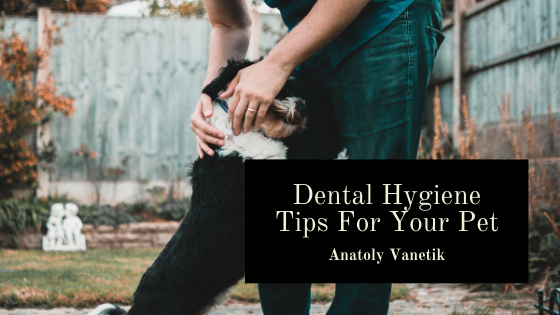When it comes to the well-being of our pets, most pet owners will agree that they will do anything to care for them. For many pet owners, the risk of dental issues in their pets is something that may not have been considered previously, but it is an important issue to be aware of. According to the Animal Planet, nearly 85% of dogs over the age of four have some form of a painful dental disease called periodontal disease. While this can be a painful disease to deal with, there are many steps that you can take to help prevent ongoing dental issues.
Keep An Eye Out For Unusual Dental Changes
In both dogs and cats, it is common for them to experience issues with their teeth at some points in their lives. To reduce the risk of this, keep an eye out for any unusual changes that could have originated from their dental health. For example, if their appetite suddenly changes, it could be a sign that they are having pain coming from a tooth. Additionally, if they are showing unusual behavior while eating, like drooling or dropping pieces from their mouths, it may be a good time to bring them in for a check-up with the veterinarian.
Voice Any Concerns To Your Vet
For some animals, dental issues may not be immediately obvious, so it is important to address any concerns with the vet. They will be able to properly examine your pet’s mouth to see if there any health concerns to be aware of.
Use An Animal Toothbrush
To help keep a dog’s mouth clean, many owners find dog toothbrushes to be helpful. Dog toothbrushes have softer tips to make it easier when you are brushing their teeth. For dogs with smaller mouths, finger toothbrushes are available, which slide right onto the finger to make it easier to maneuver.
Use Animal Toothpaste
Because human toothpaste cannot be ingested, it is not safe to use when brushing your dog’s teeth. To ensure that you can brush your dog’s teeth, there is specialized toothpaste available to purchase for dogs, and is safe for them to ingest.
Before starting any new dental hygiene products, make sure to talk to your vet to determine the best products for your pet’s long-term health.
